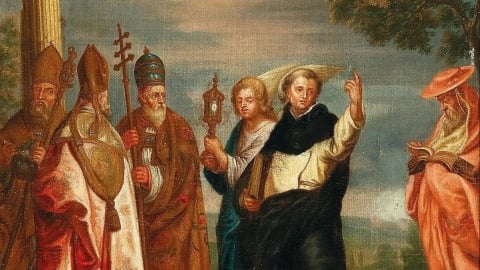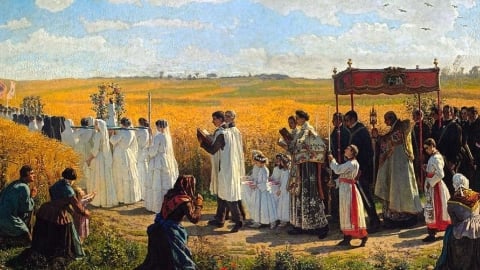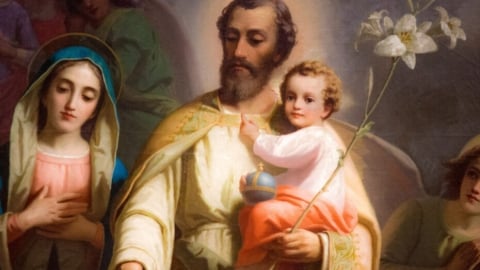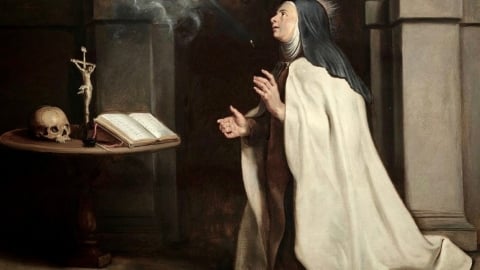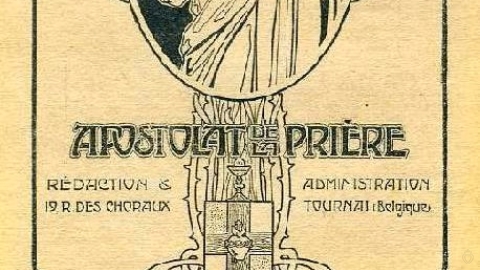The Celebration of Epiphany – East and West

The events of the Baptism of Christ and the appearance of the Holy Trinity, as they are recorded in the Bible, were held with reverence and admiration over the period of the years. With the end of the persecutions, the contents of these events were developed in the observance of the feast of Epiphany which is called the Feast of Lights.
The origin of the observance of the celebration of the Epiphany is to be found in the activities of Gnosticism. Its fundamental principle is the idea that individual salvation comes through knowledge, gnosis, rather than through faith or works. The 6th of January was designated as the feast day of Epiphany because on that day was the birthday of Aeon, the patron god of Alexandria. The Gnostics had designated Christ as one of the Aeons in their elaborate system.
In opposition to these heretics, the Church acted to protect its followers from this falsification by defining the Theophany, that is, the appearance of God during the Baptism of Christ. The earliest definite evidence of this celebration is given by Ammianus Marcellinus where this pagan Roman historian mentions that Julian the Apostate participated in this feast day in Vienne of Gaul. The Church gave to this Feast its correct significance and meaning and celebrated purposely this Feast on the same date to counteract the false celebration of the Gnostics. In all probability, Epiphany was introduced to Gaul, with its Greek name, by St. Athanasius, coming from Alexandria.
It is known that in the East the Nativity of Christ was celebrated together with Epiphany on the 6th of January, while in the West the Nativity was celebrated before Epiphany became known to them. This fact seems to account for the difference in the content of Epiphany as given by the East and the West. That is, in the East, the celebration centered in the Theophany of Christ witnessed by the other two Persons of the Holy Trinity and in connection with the Birth of Christ.
In the Western Church, Epiphany is dedicated to the commemoration of three events: the baptism of Jesus; the visit of the Wisemen to Bethlehem, and the miracle of Cana, by which the Western Church celebrated the manifestation of Christ to the world and His power to perform miracles.
In the East, the Nativity, after being introduced from the West, was designated to be observed also on December 25th, probably in Antioch. This happened about fifty years after Epiphany was designated. In fact, St. Basil and St. Gregory had attempted to differentiate between the two celebrations by imposing the name "Theophany" on the Birth of Christ, December 25th, and keeping the name "Epiphany" for the celebration on the 6th of January. However, they were unsuccessful.
In the Eastern Church the celebration of Epiphany took on an elaborate appearance for two reasons: first, in opposition to the corresponding celebrations of the heretics and pagans; and, secondly, due to the meaning of the feast day itself, as the worship of the true God of the Holy Trinity, the catechumens came to be baptized on this day.
Severian, Bishop of Gabala, remarks that in the Church there was great abundance of light on this feast day because the Christians carried lighted candles. The same is mentioned by St. Ephraim the Syrian in his hymn to Epiphany. Because of this abundance of light, the feast of Epiphany became known as "The Feast of Lights". St. Gregory of Nazianzus delivered his well known homily "On the Lights" saying, "yesterday celebrating on the bright day of the lights...today we shall speak on baptism." Since that unforgettable celebration the event has been called the "Feast of Lights."
Ephraim, Chrysostom and others relate that the faithful, before the baptism of the catechumens, received some of the especially blessed water which they took to their homes. And until today both the Latin and Eastern Churches retain this especial blessing of water.
It was the night before the 6th of January, in the early centuries of the Christian Church, when hundreds of neophytes were waiting their turn to step down, some five steps, into the water and to be baptized in the name of the Father and of the Son and of the Holy Spirit. Holding burning torches in their hands, men and women of various streams and walks of life were together. Their figures were illuminated from within, from their conscience, after their training in knowing the true God and practicing their faith in worshiping Him and helping their brethren in His name. With the prevailing of the baptism of infants, there is no order of catechumens and consequently the practice of baptism at midnight of January 5th has been eliminated. The blessing of the water, though, has prevailed throughout the centuries; it is now a custom that, on the one hand, the people take the blessed water to their homes and on the other hand, some of the Priests visit the homes of their parishioners and reverently sprinkle the homes or fields with it.
We have related the details on the origin of the feast of Epiphany and the formation of its ceremonial order, first, to emphasize that this feast is most ancient; secondly, to point out the underlying meaning of Epiphany in the East and the West, and, thirdly, to become familiar with the events which transpired during the original Epiphany.
